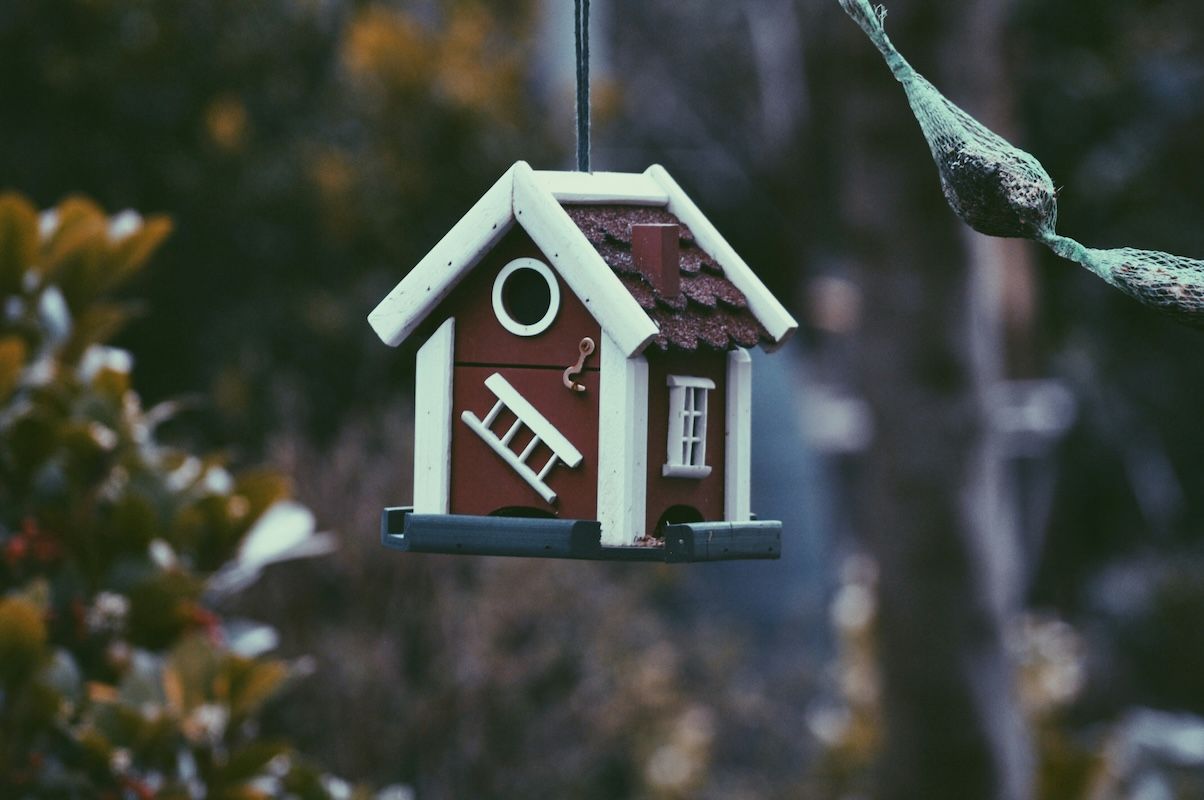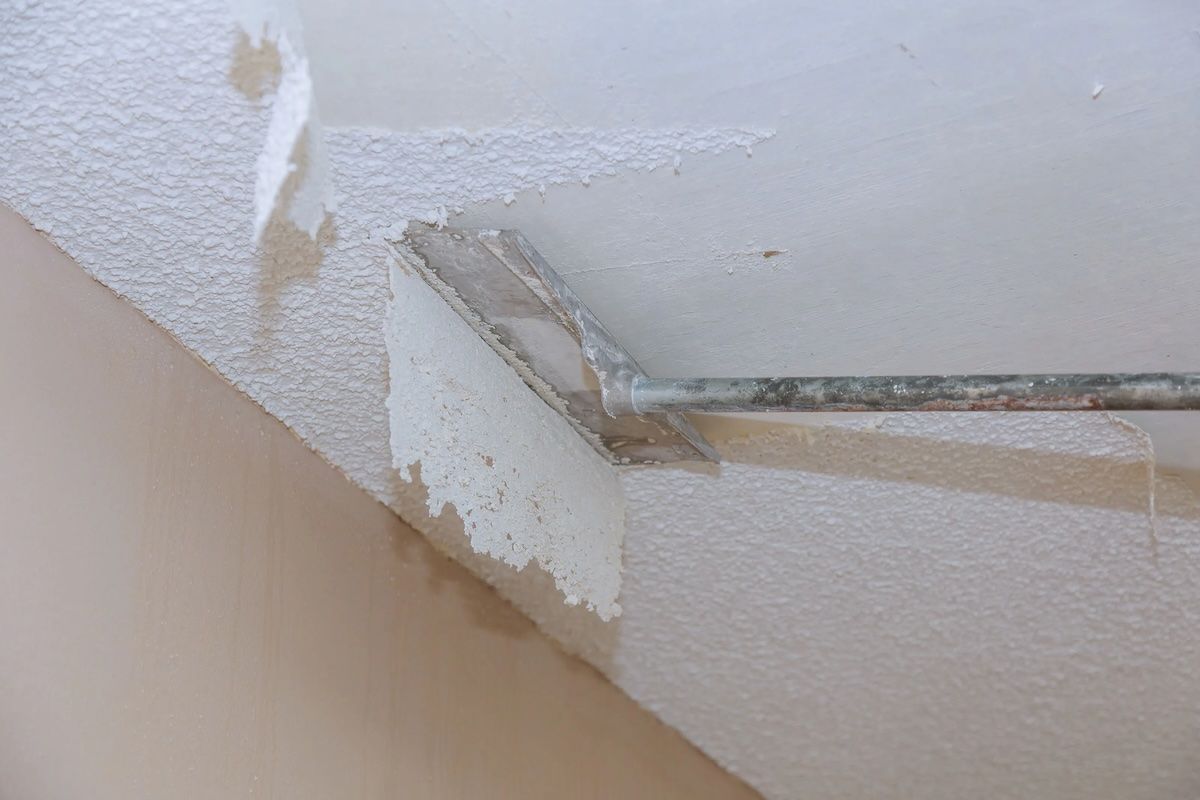- Why Do Buyers Worry About Mold?
- Can Mold Infestations Decrease the Value of a Home?
- Common Sources of Mold and How to Identify Them
- Can You Sell a House With a Mold Infestation?
- Mold Remediation Strategies
- Buyer's Considerations When Purchasing a Mold-Affected Property
- Mold Matters: Connect with Top Agents for a Clear Property Transaction
Can You Sell a House with Mold?
Mold can be an unseen, odorless house guest that causes damage to your property, but more importantly, mold spores can harm the health of a home’s inhabitants. Many buyers fear buying a house with mold issues because mold can be difficult to detect and even more difficult to remove.
Can you sell a house with mold? Yes. Let’s uncover how sellers should go about selling property with mold, and how buyer’s should approach buying a house with a mold infestation.
Why Do Buyers Worry About Mold?
Mold issues are pesty; you might think you’ve cleaned and sanitized the area only for the growth to re-emerge a few weeks or months later. All molds, whether black mold or less notorious molds, are fungi with an invisible interconnected root system that can grow into drywall, wood, and even grout.
What worries homeowners most is that, according to the Center for Disease Control and Prevention, mold can cause a variety of adverse health effects. For some, it could be a less serious sore throat or rash, but the effects are much more severe for those who are more sensitive or immunocompromised.
If a known mold issue exists in a home, it’s crucial to undertake mold remediation.
What is Mold, and Where Does Mold Come From?
Mold can come into your house through open doors or windows, on shoes or pets, or even through your HVAC system. All homes are regularly exposed to mold spores; however, consistent and persistent moisture is required to grow and develop a mold problem.
Mold problems are not limited to old homes; new homes can also develop mold growth. All it takes is a poor seal on a shower, a slow drip from a pipe, or even excess condensation build-up in a poorly ventilated bathroom.
Just because a home buyer is considering a home with newer construction doesn’t mean that they should assume there’s no mold present.
Can Mold Infestations Decrease the Value of a Home?
Known defects, including a mold infestation, can decrease the value of a home. Mold problems are known to decrease a home’s value by 10-30%, depending on the severity of the infestation.
According to this 2001 case study, a severe mold infestation caused a luxury home to decline in value by half.
The type of mold, how much it has spread, and any resulting structural damage or moisture issues can significantly influence a home’s value. Appraisers will examine mold’s presence and the extent of the damage it has caused, affecting their valuation of the property.
They will consider repair and remediation costs. Mold negatively affects a home’s value and can result in it not appraising for the contract price, making it difficult or impossible to get the necessary financing.
Are Mold Inspections Different from Home Inspections?
If you’re a home buyer and suspect a mold problem, you must get a mold inspection. Mold inspections specifically target the presence of mold within a property, examining areas where mold is likely to grow, such as damp or water-damaged areas.
Home inspections, on the other hand, provide a broader overview of the condition of a property, evaluating structural elements, electrical systems, plumbing, roofing, and more.
Mold inspections are conducted by specialists trained to identify mold types, growth patterns, and health risks. They should use specialized equipment like moisture meters, hygrometers, and infrared cameras to detect mold and moisture issues that are not visible to the naked eye.
Home inspectors may note the presence of mold or moisture, but they typically do not have the tools or training to conduct a detailed mold assessment.
Common Sources of Mold and How to Identify Them
A home seller should try to identify mold in their home before listing it for sale. It’s better for the mold to either be disclosed or to conduct mold remediation than for the buyer to discover the problem deep into escrow.
Every home is subject to mold, and most (if not all) homes have some mold in one form or another. It could be just a tiny patch of mold in the corner of a shower or mold growing on the inside of a window pane due to condensation. Not all mold requires mold removal.
Common sources of mold in homes include:
- Moisture and Water Damage – Look in areas where there has been water damage, leaks, or high humidity, such as bathrooms, laundry rooms, or basements.
- Poor Ventilation – If there isn’t enough ventilation in a room with excessive moisture, mold can grow.
- Condensation – Cold surfaces like windows can create condensation, leading to moisture accumulation and mold growth.
- Roof Leaks – Water intrusion from a leaking roof can lead to mold growth in the attic or drywall.
- Flooding – After a home or building has experienced flooding, mold can grow on virtually any surface that remains wet for an extended period. Always get a mold inspection on a house that has suffered flooding.
- HVAC Systems – Poorly maintained HVAC systems can accumulate moisture and organic debris, which can support mold growth.
Mold often appears as a fuzzy or slimy growth and can come in various colors, including black, white, green, or yellow. Look for spots or patches that seem out of place, especially in moisture-prone areas.
Mold has a distinctive musty, earthy smell, similar to wet socks or rotting wood. If you notice such odors, especially in damp areas, it could indicate mold presence.
Consider hiring a professional mold inspector if you suspect mold but cannot find visible signs. These experts have specialized equipment to detect mold, even within walls or other hidden areas.
If you’re not ready to hire a mold inspector, a less expensive option is a mold testing kit that can be used to collect and analyze mold samples. However, remember that the results from these tests are not definitive and can be challenging to understand.
Can You Sell a House With a Mold Infestation?
There are no federal or state laws that directly prohibit the sale of a property with a known mold problem. However, many states require the seller to disclose any known mold problems to potential buyers. If a seller is aware of a mold issue, they must inform the buyer.
Still, they are not necessarily required to conduct exhaustive searches into hidden areas unless they have reason to believe mold is present there. Failure to disclose known mold problems can lead to legal consequences for the seller, including being held liable for mold-related costs incurred by the buyer.
In terms of ethical and practical considerations, disclosure is not just a legal obligation but also a way to build trust with potential buyers and avoid future legal disputes. Even if a home is being sold “as is,” known defects, including mold, must be disclosed.
This transparency can prevent deals from falling through and protect the seller from potential lawsuits. Sellers are advised to provide detailed documentation of any mold remediation efforts to demonstrate that the issue has been addressed thoroughly.
State and Local Laws Can Require Selles to Disclose Mold
Disclosure laws regarding mold in homes vary by state. In general, many states require the seller to disclose known information about past or present mold problems in the property. However, this requirement often depends on the seller’s awareness and the expectation that they could reasonably know about the mold issue.
For example, if visible mold is present, the seller is typically required to disclose it. But, if the mold is hidden (in a wall or under carpet) and the seller is genuinely unaware of it, they are not required to disclose it.
States like Alabama apply the caveat emptor (buyer beware) rule but require disclosure if the seller or agent is aware of serious health or safety issues, including mold.
Other states, like California and New York, require a Transfer Disclosure Statement and a Property Condition Disclosure Statement, respectively, which explicitly include or imply the need to disclose mold-related issues.
While state law can require sellers to disclose mold issues, they also explicitly require a real estate agent to disclose information on mold to prospective purchasers.
Mold Remediation Strategies
If you uncover mold when you’re considering selling a house, your best option is to employ a mold remediation strategy to eliminate the problem. Federal law requires sellers to disclose known property defects that could impact the health and safety of a future occupant.
While mold problems that have been fixed usually still have to be disclosed, they won’t negatively affect the sale process the way unfixed mold would.
On the other hand, if you’re a potential buyer considering purchasing a house but, during your due diligence, discover that the property has mold, it’s important to understand how much mold remediation will cost. Fixing mold can be a weekend project, or in more severe cases, it can lead to an extensive home renovation.
Assess the Extent of the Damage
Finding mold doesn’t have to be a deal breaker. Damage from mold can be minor or extensive. You need to (quite literally) get to the root of the mold problem to figure out what caused the mold and the resulting damage. Some mold issues are minor, making mold remediation easy, while others can cause significant damage.
For the most accurate understanding of damage, don’t rely on a home inspection; get a certified mold inspection. Mold can cause structural damage by breaking down organic materials like wood and drywall. Inspectors will evaluate the extent of damage to these materials, looking for signs of weakening, rot, or deterioration.
Documenting the findings with photos, detailed notes, and moisture readings is important for insurance claims, legal records, and planning the remediation process.
Decide if You Need Professional Mold Removal
A mold inspection can help you determine if you need to engage professional help or if removing the mold is something you can undertake yourself. Whether or not you need a professional mold remediation service or not depends on how much mold there is and the type of mold.
If the mold covers an area larger than about 10 square feet or multiple areas are affected, hiring professionals is advisable. They have the equipment and expertise to handle large-scale mold remediation safely and effectively. Furthermore, if mold has caused significant damage to the structure or materials of your home, specialized repair and remediation techniques are required.
Some types of mold, like black mold (Stachybotrys chartarum), are considered more hazardous and require professional handling. If you’re unsure about the type of mold or its health risks, consulting with a professional is recommended.
DIY Mold Remediation Strategies
If you think you can remove the mold and repair any damage on your own, it’s important to take the necessary precautions to protect yourself and ensure the job is done correctly.
Here are strategies used in mold remediation:
Step One: Contain the mold and prevent the spread of spoors using plastic sheeting and negative air pressure. This keeps mold spores from contaminating other areas of the house.
Step Two: Address the moisture problem to prevent future mold growth.
Step Three: Remove the mold. Different methods are used to remove mold depending on the surface and extent of mold growth. Non-porous materials like tile or grout can often be cleaned, while porous materials like wood or drywall with deep mold penetration need to be removed and replaced.
Step Four: Sanitize the space using HEPA vacuums to remove residual spores and apply antimicrobial agents to prevent future growth.
Step Five: Restore your home by repairing or replacing materials removed during the mold remediation process, such as drywall, insulation, or flooring.
Step Six: Verify that the mold removal is complete. Get an inspection or testing to ensure that all mold has been successfully removed and that the indoor air quality has returned to safe levels (especially if there was black mold).
Buyer’s Considerations When Purchasing a Mold-Affected Property
Have you found the perfect property, but the seller has disclosed a mold infestation? Depending on the severity, sellers who have a property with mold may choose to sell as is. If this is the case, make sure you understand the ramifications of purchasing a property as is.
In addition, interested buyers need to request a mold inspection. While they may not be able to request seller concessions, they should uncover the extent of damage and any other material defects. It can be helpful to check if the seller’s homeowners’ insurance covers the mold damage.
Additionally, check with other insurance providers about the possible future insurance implications. Some policies may exclude mold damage or increase premiums for homes with known mold issues.
Whether you are undertaking mold remediation yourself or the seller is going to cover the cost, ensure that licensed professionals perform any mold remediation and that there is a guarantee on the work done. This should include addressing the source of moisture to prevent mold from returning.
Don’t forget to consider how the presence of mold might affect the property’s value in the future, especially if the mold problem is not fully resolved. There’s always the possibility that the mold issues could return if not treated correctly. Buyers should plan for ongoing maintenance to prevent mold from recurring, including regular inspections and promptly addressing any moisture issues.
Mold Matters: Connect with Top Agents for a Clear Property Transaction
While selling a house with mold is possible, it requires careful consideration due to the potential health risks and the impact on property value. Buyers are rightly cautious about mold, given its ability to hide and cause significant damage both structurally and to human health. Proper identification, assessment, and remediation of mold are crucial steps in ensuring the safety and appeal of a property.
For sellers, transparency about mold issues and taking proactive steps for remediation can help maintain the property’s value and prevent legal complications. Buyers should conduct thorough inspections and consider the long-term implications of mold when negotiating a purchase. Ultimately, addressing mold issues effectively benefits both sellers and buyers, ensuring a fair transaction and a safe living environment.
If you’re dealing with a property with mold, working with an experienced real estate agent can help you connect with qualified inspectors and mold removers. Start your agent search with FastExpert. FastExpert connects you with experienced agents to tackle mold issues and ensure a smooth property transaction.





